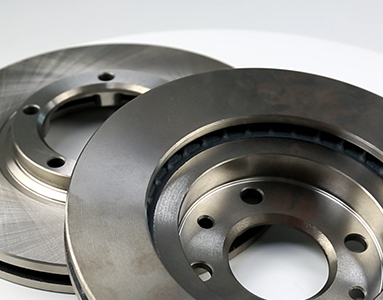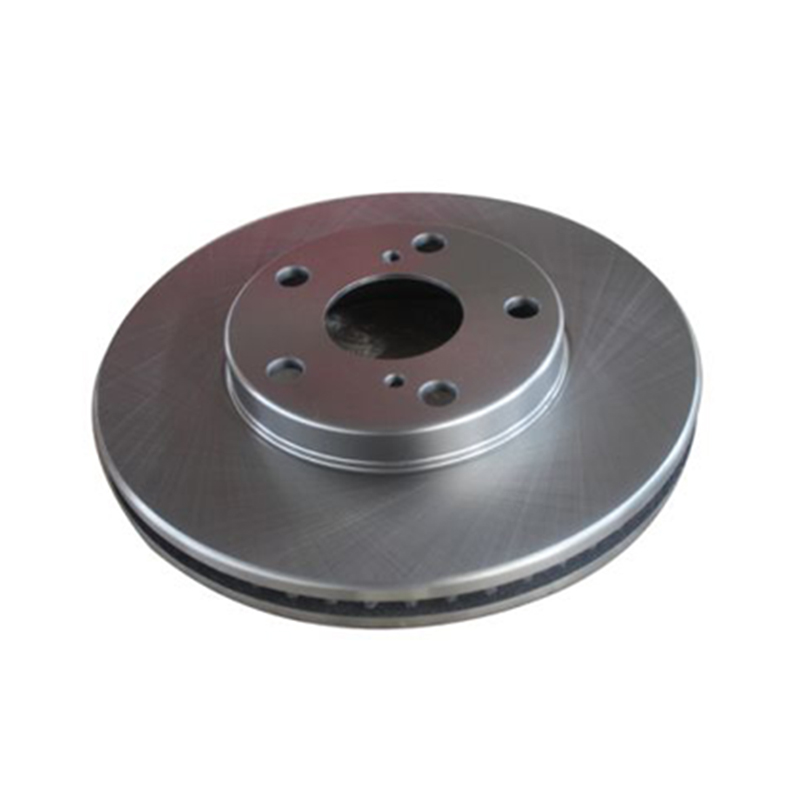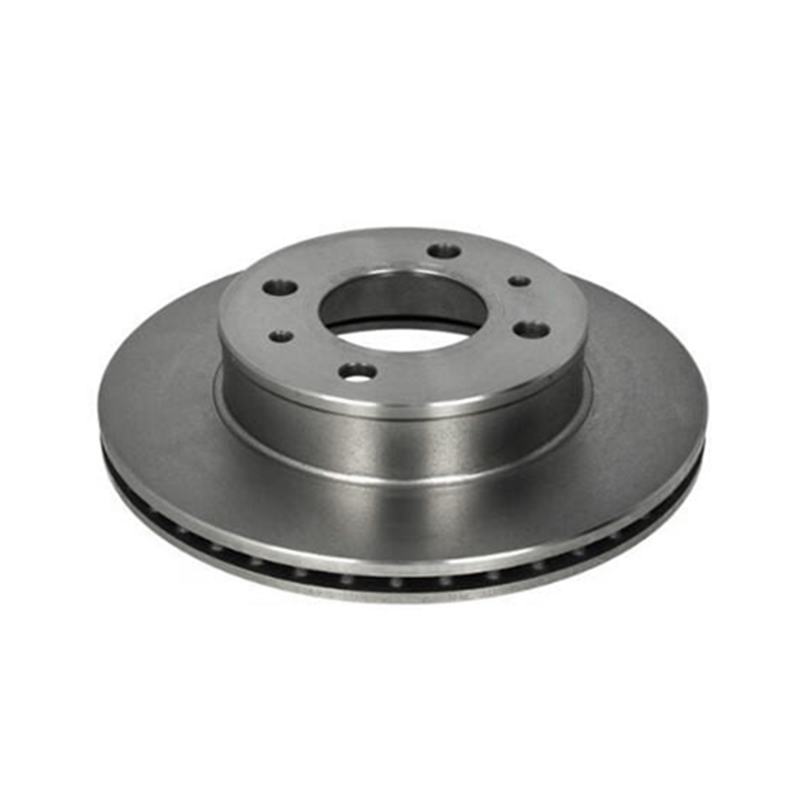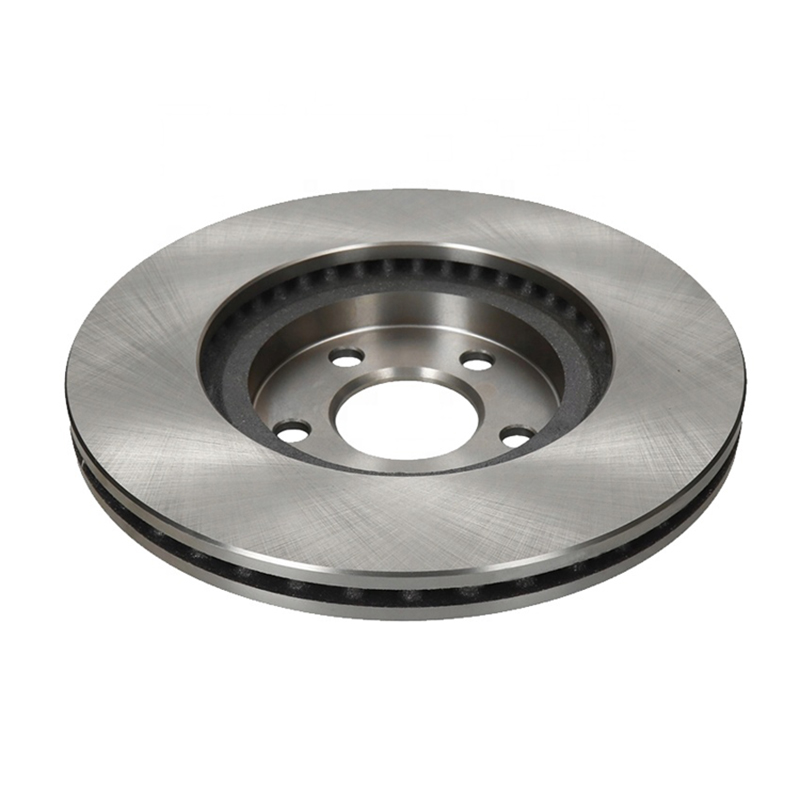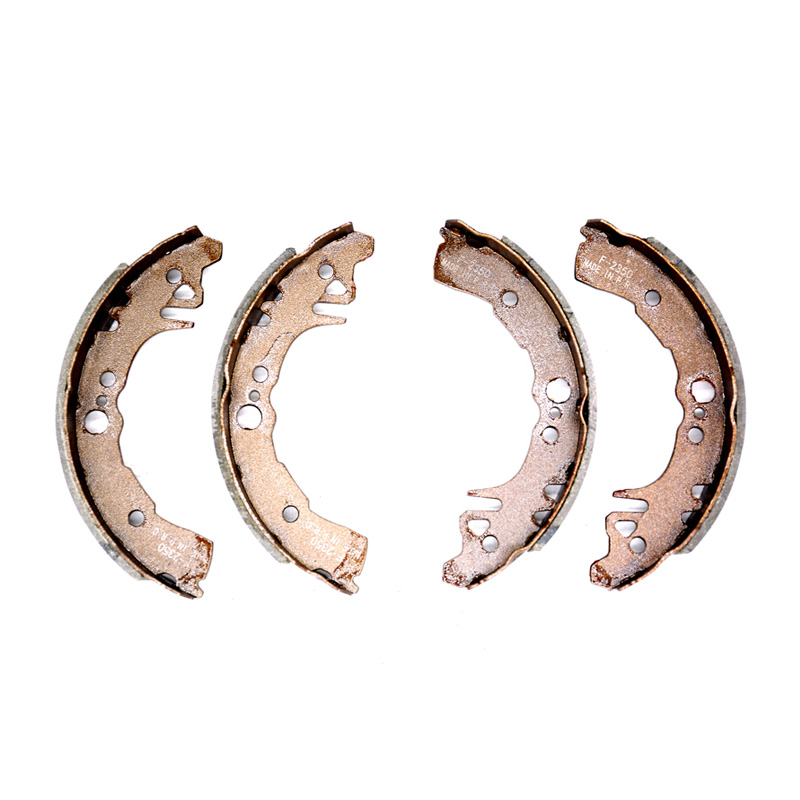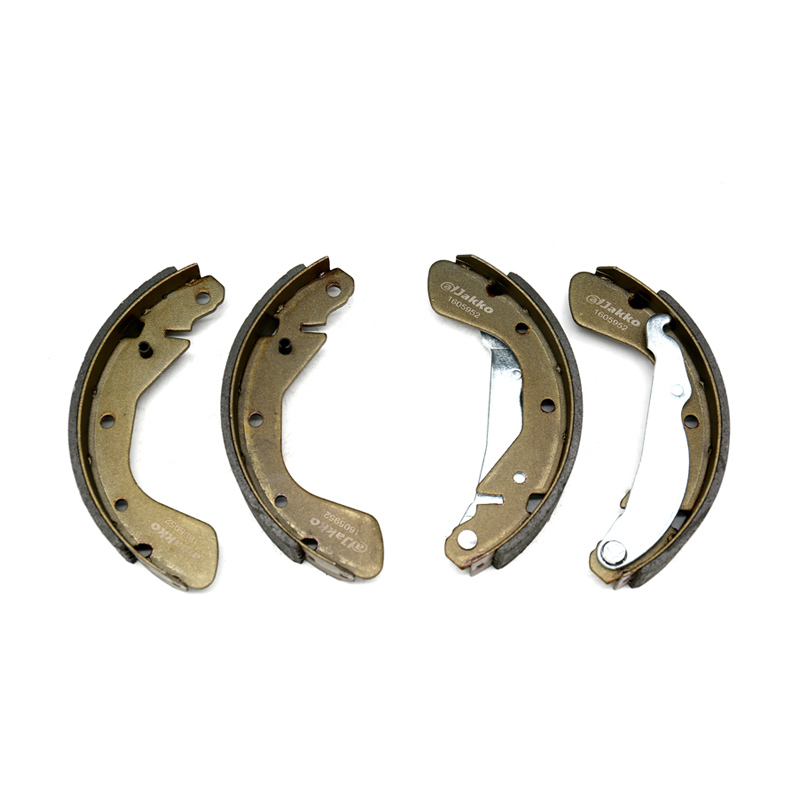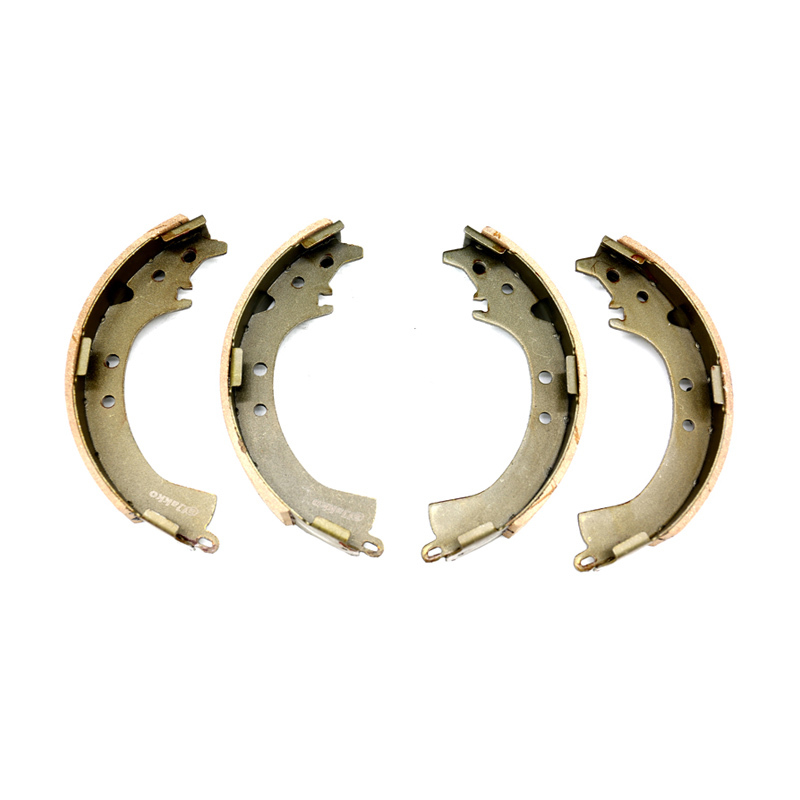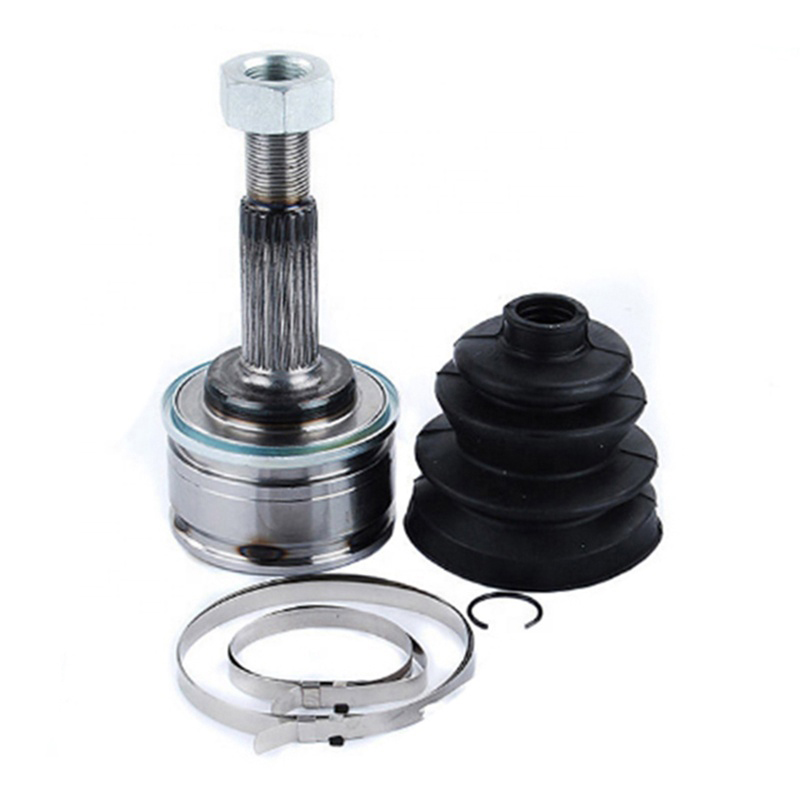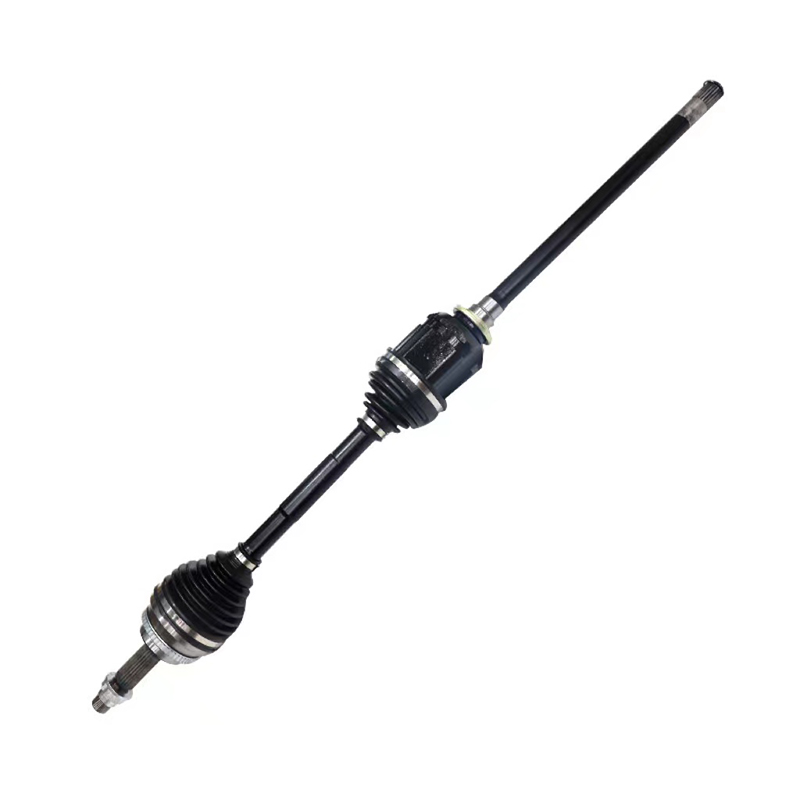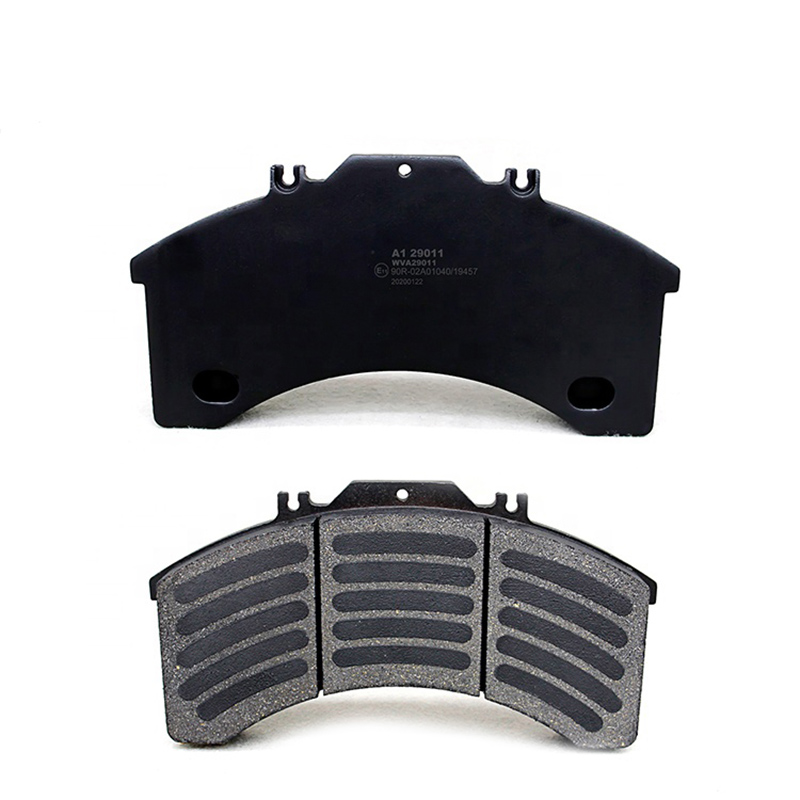Brake pads can be made from different materials, and the choice of material can impact the performance, durability, and characteristics of the brake pads. The three main types of brake pad materials are ceramic, semi-metallic, and organic (non-asbestos organic). Here's an overview of each:
Material Composition: Ceramic brake pads are made from a mix of ceramic fibers, filler materials, bonding agents, and sometimes small amounts of metal. They often include elements like clay and porcelain.
Advantages:
Low noise levels during braking.
Generate less dust, contributing to cleaner wheels.
Generally provide smooth and consistent braking performance.
Offer good heat dissipation.
Considerations:
Higher cost compared to some other types.
May not be as effective in extreme high-temperature conditions.
Semi-Metallic Brake Pads:
Material Composition: Semi-metallic brake pads contain a combination of metal fibers, such as steel, copper, or other alloys, along with friction modifiers and fillers. The metal content is typically higher than in ceramic pads.
Advantages:
Effective in a wide range of temperatures.
Offer good heat dissipation, making them suitable for high-performance applications.
Can handle heavy braking loads.
Generally more affordable than ceramic pads.
Considerations:
Tend to generate more brake dust.
May produce more noise during braking.
Organic (Non-Asbestos Organic) Brake Pads:
Material Composition: Organic brake pads are made from a mixture of organic materials such as rubber, glass, carbon, and Kevlar fibers. Historically, asbestos was used, but modern organic pads are asbestos-free.
Advantages:
Generally produce less noise.
Provide a softer feel during braking.
Are often more affordable.
Generate less brake dust.
Considerations:
May wear out faster than ceramic or semi-metallic pads.
Can be less effective at high temperatures, leading to brake fade under heavy use.
Composite Brake Pads:
Some brake pads on the market are a composite of two or more materials, combining the characteristics of ceramic, semi-metallic, or organic pads. These seek to provide a balance between performance, durability, and cost.
The choice of brake pad material often depends on factors such as driving conditions, vehicle type, personal preferences, and budget. High-performance or heavy-duty applications may benefit from semi-metallic pads, while those prioritizing low dust and noise may prefer ceramic or organic options.
